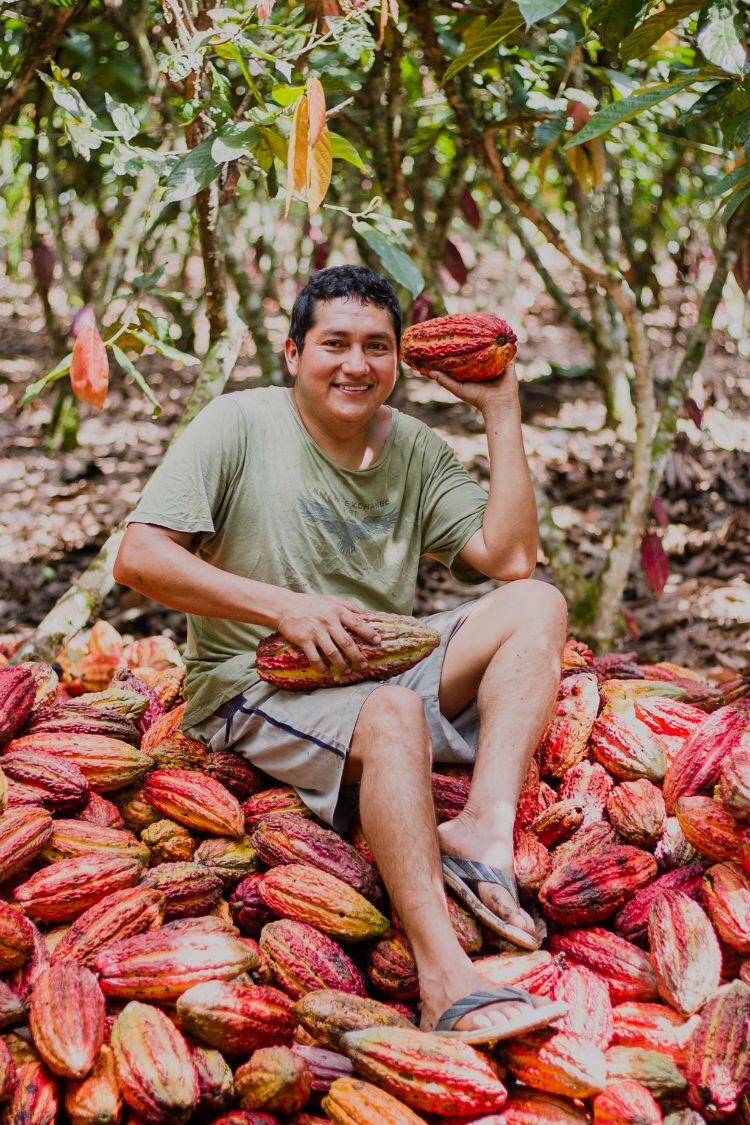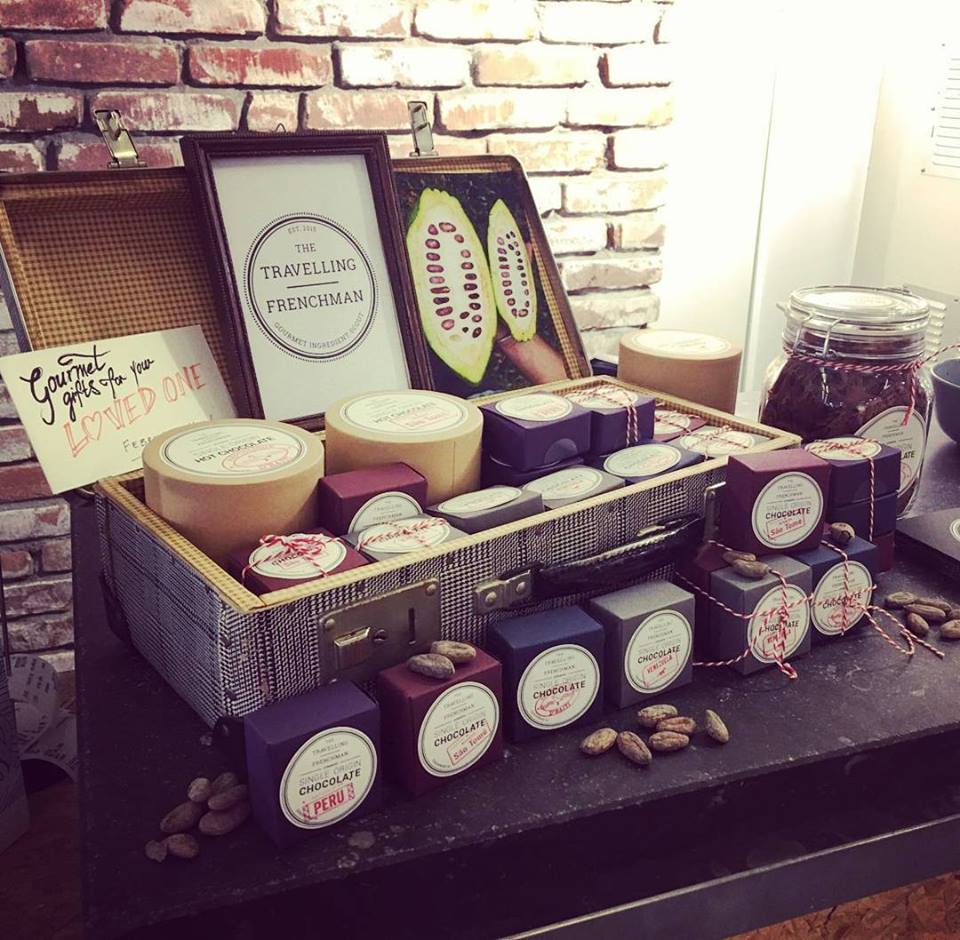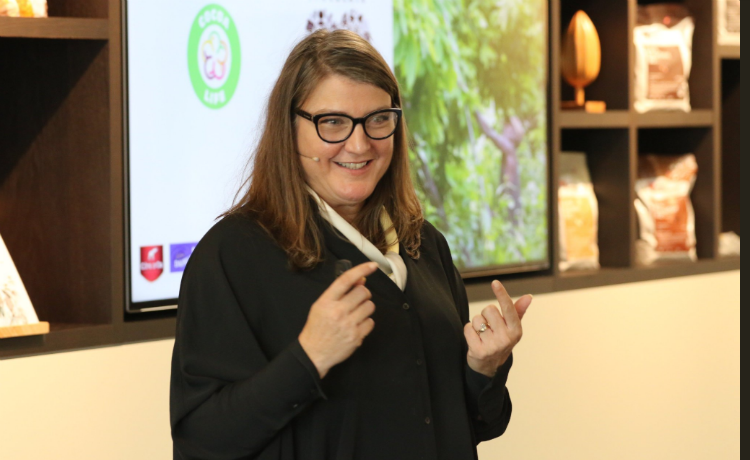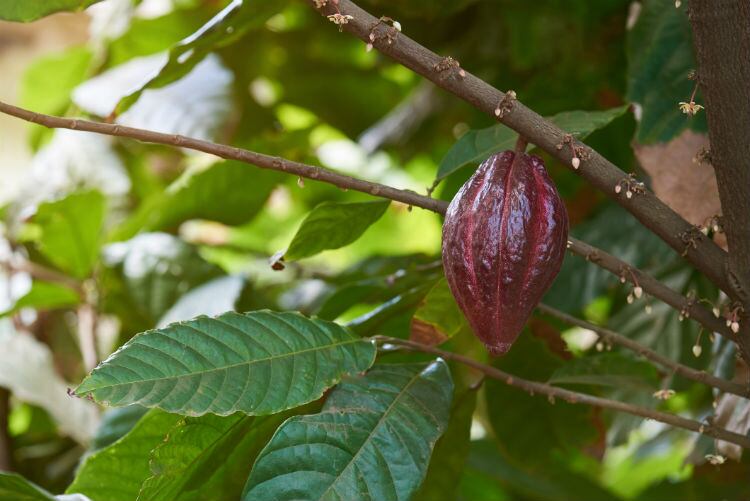With the global demand for cocoa expected to significantly increase in the coming years, regions including Latin America and the Middle East could potentially fill the gap.
In brief
- The Peruvian Amazon covers 782,880 km² and holds a wide genetic diversity of cacao—from wild, uncultivated varieties to fine flavor origins such as Theobroma.
- Peru is the world’s ninth largest cacao producer (roughly 71,175 tons a year) and the world’s largest organic cacao producer. 60% to 70% of its cacao is exported as cacao bean and increasingly as cacao derivatives. More than 50,000 Peruvians earn a living through the cultivation and production of cacao.
- Peruvian farmers have an average farm size of two hectares that make up the 40,000 cacao hectares mainly in the Eastern Andes and Peruvian Amazon rainforest. The yield per hectare varies from 1 to 2.5 metric tons.
- Peru cultivates mainly Trinitario, Forastero and Criollo cacao varieties.
- Source: http://organiccrops.net
Not only is Peru a major grower, but it also boasts six of the 10 genetic families of cacao that exist in the word, resulting in the wide variety of flavors of Peruvian specialty chocolate.
In a bid to promote the country’s unique genetic diversity, the Peru Cacao and Chocolate Salon runs from Thursday, July 11 to Sunday, July 14 in Lima, the country’s capital city.
The Cacao and Chocolate Salon is Peru’s largest trade fair dedicated exclusively to cacao, cocoa and chocolate products and has been running since 2010.
Highlights this year will include a replica of a chocolate factory, a fashion show with clothes made of chocolate, the 5th National Peruvian Chocolate Competition and the Chocolate Sculpture Competition.
Along with conferences, networking rounds and lectures, the fair celebrates and showcases the huge variety of local cacao beans with a chance to meet Peruvian cacao growers, taste different raw and roasted cocoa beans and indulge in the culinary delights of a wide assortment of Peruvian cocoa products and chocolate creations.
Back to the future of aromatic ancient Peruvian cocoa
In 2017-18, Albertus Eskes identified 15 Chuncho-like sensory profiles in fresh fruits of 20 commercial clonal varieties in Brazil, suggesting the Chuncho-like sensory traits can possibly be found in all cocoa producing countries. Chuncho may well harbor the center for cocoa sensory trait diversity, he discovered.
The Peruvian native Chuncho (‘from the forest’) variety is historically grown in the La Convención province of the Cusco district by the Matsigenka tribe.
It is well documented that the Incas and other ‘highlanders’ used to buy Chuncho beans from the Matsigenkas. It is likely the Incas learned from the tribe how to appreciate the savory Chuncho beans.
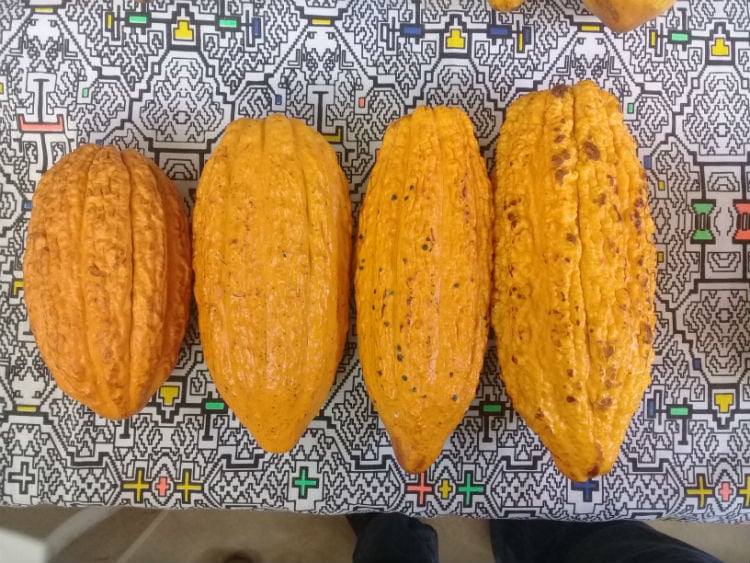
The 2,500 tons of commercial Chuncho bean production today is still largely used as bulk cocoa for transformation into powder and butter. The old Chuncho groves suffer competition mainly from the expanding CCN51 variety.
Traditional Chuncho farmers in La Convención, Cusco, are able to make pulp juices from preferred individual trees, which is unique in the world, suggesting these trees have attractive pulp flavor traits.
Albertus Eskes declared that pulp flavor and aroma are correlated to fine chocolate sensory traits.
A total of 64 unique sensory profiles were detected in Chuncho that are made up by combinations of 40 different fruity flavors and/or spicy/floral aromas. Furthermore, all Chuncho beans showed to have no acidity, no bitterness nor astringency.
Chuncho displays 20 times more unique sensory profiles as that are generally recognized to exist in the traditional fine-flavor varieties Criollo (nutty, sweet), Trinitario (fresh fruit, floral) and Nacional (fruity, jasmine)
Commercialization of the Chuncho sensory profiles in Peru and elsewhere can be expected to occur not just for extra fine chocolates but potentially also for diversified cocoa pulp juices and for its sweet aromatic cocoa beans or nibs.
Source: Albertus Eskes and Carlos Rodriquez.
Study: December 2018: Eskes and Rodriquez et al., Agrotropica 30:157-174, 2018.
- Article updated July 11 2019.

